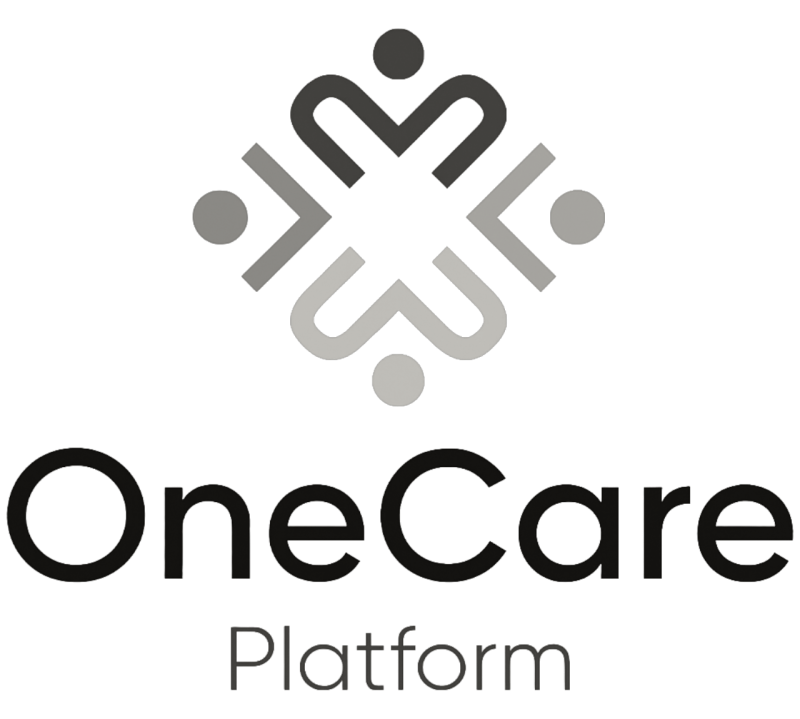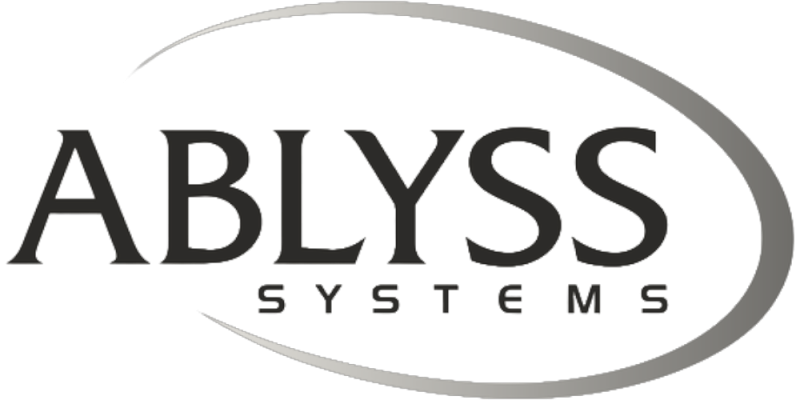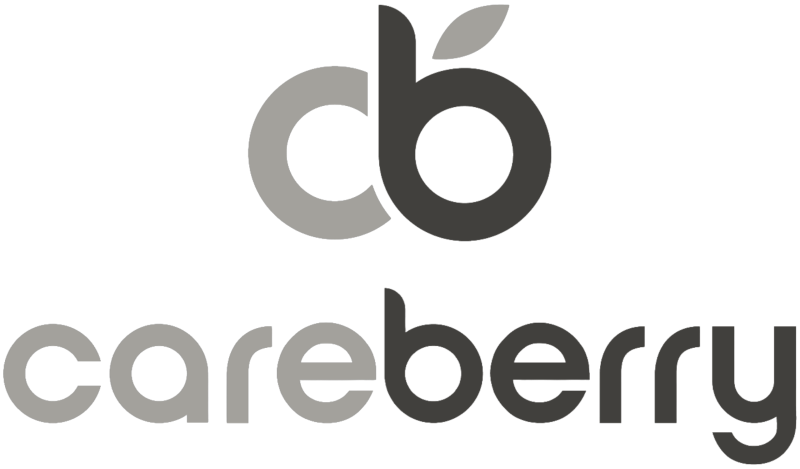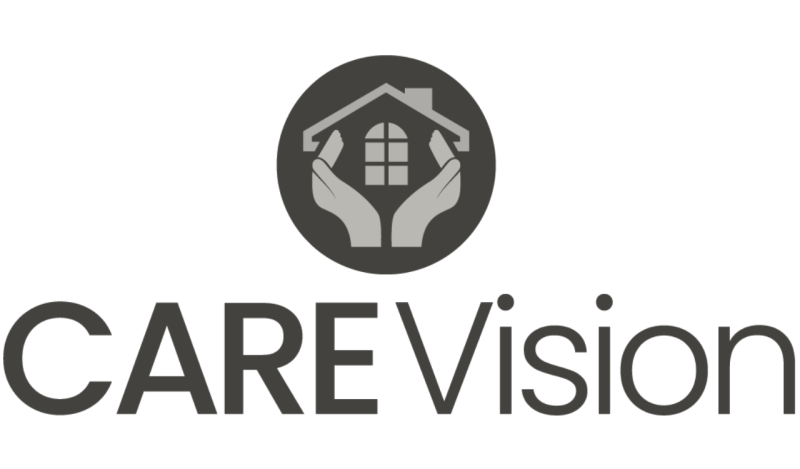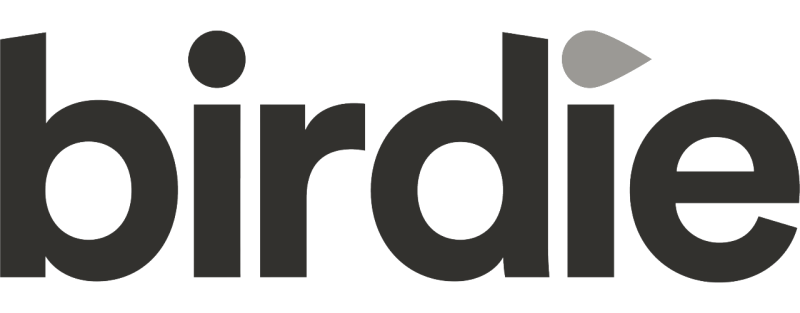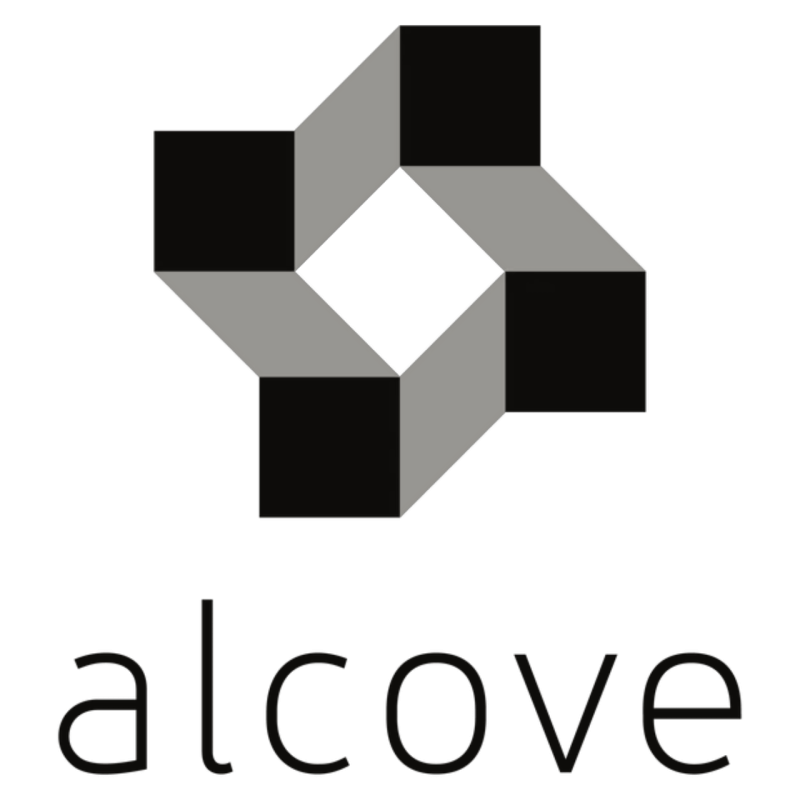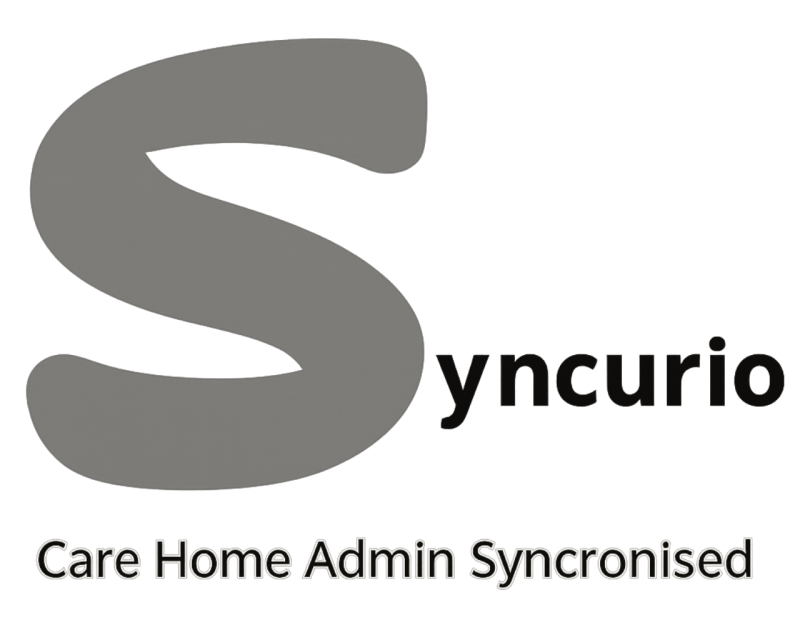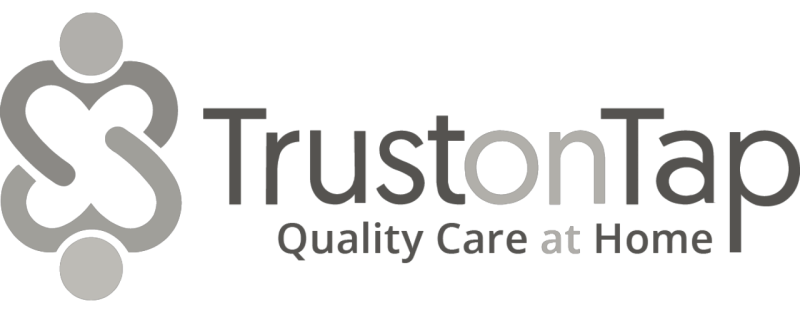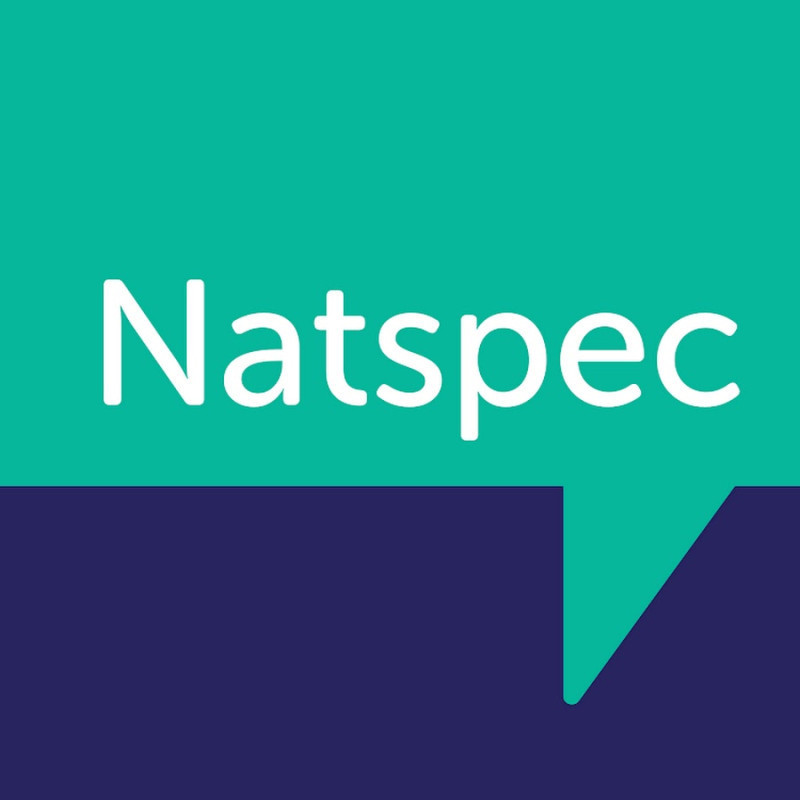Overview
Headquarters: Hasselt, Belgium
Categories: Supported Living and Home Care Management (Non-Clinical Operations); Care and Nursing Home Management (Non-Clinical Operations); Patient Communication Platform
Core Product: Cubigo (cloud-based senior living operations and engagement platform)
Introduction
Cubigo is a comprehensive digital platform designed to streamline daily operations within senior living communities. Founded in Belgium and now operating internationally, Cubigo integrates with clinical and financial systems to provide a single, user-friendly interface for staff, residents, families, and corporate teams.
The platform digitises non-clinical workflows such as dining, housekeeping, maintenance, transportation, activities, and visitor management, while also offering resident engagement tools, family communication channels, and advanced reporting. By consolidating these functions into one system, Cubigo reduces administrative burdens, improves efficiency, and enhances the resident experience.
Cubigo has been adopted by hundreds of senior living communities across Europe and North America, with more than 250,000 monthly active users. Its modular design, integration capabilities, and focus on resident empowerment have positioned it as one of the leading enterprise platforms for non-clinical senior living operations.
User Feedback: Strengths and Weaknesses
Publicly available feedback for Cubigo comes from case studies, customer testimonials, and independent review platforms such as TrustRadius and G2. While the platform is widely praised, some caveats are also noted.
Positive Feedback
Ease of use and adoption
Many providers report that residents and staff quickly adapt to Cubigo. Testimonials highlight high adoption rates, with some communities reporting over 90% of independent living residents actively using the platform.
Resident engagement
Residents value the ability to request services, sign up for activities, view menus, and stay connected with their community. Families appreciate being able to stay informed and engaged with their loved ones’ daily lives.
Operational efficiency
Staff report significant time savings by digitising requests for maintenance, housekeeping, and dining. Managers highlight improved communication, reduced paperwork, and streamlined workflows.
Integration capabilities
Cubigo integrates with major clinical and financial systems, including PointClickCare, enabling real-time synchronisation of resident data and eliminating duplicate entry.
Professional look and feel
Testimonials often mention the polished design of Cubigo’s apps, digital signage, and resident kiosks, which enhance the professional image of communities.
Support and partnership
Providers describe Cubigo as a collaborative partner, with bespoke support and ongoing development tailored to community needs.
Negative Feedback and Caveats
Complexity for older users
Some feedback notes that while Cubigo is feature-rich, the breadth of functionality can be overwhelming for residents less comfortable with technology. Suggestions include offering a simplified “basic mode”.
Learning curve for staff
Although adoption is generally strong, some staff report an initial adjustment period due to the wide range of modules and workflows.
Custom pricing model
Cubigo does not publish standard pricing, instead offering quotation-based plans. This can make cost comparisons with competitors less transparent.
Integration details
While Cubigo integrates with major platforms, prospective buyers are advised to confirm the full scope of integrations (e.g., pharmacy systems, nurse call) during procurement.
Limited independent review volume
Although testimonials are abundant, large-scale independent review data is less extensive than for some competitors.
In summary, user sentiment is strongly positive around engagement, efficiency, and integration. The main caveats lie in complexity for some users, pricing transparency, and the need for careful onboarding.
Products and Capabilities
Core Platform (Cloud SaaS)
Cubigo’s modular, cloud-based platform supports a wide range of non-clinical operations in senior living communities. Key features include:
Resident engagement and communication: Residents can request services, view menus, sign up for activities, and receive community updates. Families can stay informed and connected.
Dining management: Integrated dining modules allow residents to view menus, make reservations, and track dietary preferences. Staff can manage meal schedules and orders.
Maintenance and housekeeping: Residents can submit requests digitally, while staff can track, prioritise, and assign tasks.
Transportation management: Staff can schedule and coordinate transportation services, with residents able to request rides.
Activities and wellness: Communities can schedule activities, track attendance, and gather resident feedback. Wellness programs can also be managed digitally.
Visitor management: A digital sign-in system streamlines visitor check-in and enhances security.
Hospitality Suite: Includes point-of-sale (POS) for dining and retail, concierge services, and table reservations.
Digital signage and kiosks: Professional signage and in-suite TV channels keep residents informed.
Prospect management: Tools for managing leads and prospects, supporting the full customer journey from initial inquiry to move-in.
Analytics and reporting: Cubigo Insights provides dashboards and reports, enabling managers to track performance and identify trends.
Interoperability and Standards
Cubigo integrates with clinical and financial systems, including PointClickCare, to synchronise resident data and streamline workflows. Its open architecture supports API-based integrations, enabling connections with EMR/EHR platforms, finance systems, and other applications.
The platform’s data model supports advanced reporting and AI-driven insights, with the launch of Cubigo Nova, an AI engine designed to turn community data into actionable intelligence.
Market Position
Cubigo operates internationally, with a strong presence in Europe and North America. It differentiates itself through:
Comprehensive non-clinical coverage: Digitising all major non-clinical workflows in senior living.
Integration with clinical and financial systems: Bridging the gap between resident engagement and back-office operations.
Resident-centric design: Empowering residents to manage their own services and stay connected.
Scalability: Serving communities of all sizes, from independent living to continuing care retirement communities (CCRCs).
Competitors include PointClickCare’s own engagement modules, Caremerge, K4Connect, and StoriiCare. Cubigo positions itself as a fully integrated, enterprise-grade alternative with strong resident engagement and hospitality features.
Implementation and Support
Cubigo emphasises a consultative onboarding process, with bespoke support tailored to each community. Testimonials highlight the company’s responsiveness and collaborative approach.
Training resources are available for staff and residents, though some feedback suggests that older residents may require additional support during adoption.
Security and Data Protection
Cubigo, as a cloud-based platform, supports data protection through audit trails, role-based access controls, and clear accountability for changes, ensuring transparency and restricting access to authorised users. These measures help providers maintain oversight of system activity and safeguard sensitive information in line with recognised data protection standards.
While Cubigo highlights its compliance with data protection requirements, detailed information on certifications such as ISO or SOC 2 is not publicly available. As part of procurement due diligence, buyers are advised to request specifics on the platform’s encryption practices, backup processes, and security audits to fully assess its security posture and suitability for their care management needs.
Conclusion
Cubigo is a leading international provider of digital platforms for senior living communities. Its strength lies in offering a comprehensive, integrated solution that digitises non-clinical operations while enhancing resident engagement and family communication.
User feedback consistently highlights ease of use, efficiency gains, and strong integration with clinical and financial systems. Challenges include complexity for some users, custom pricing, and the need for careful onboarding.
For senior living providers seeking a scalable, resident-centric platform that unifies operations and engagement, Cubigo represents a credible and innovative option. Its international footprint, integration capabilities, and focus on hospitality and engagement set it apart in a competitive market.
References
Cubigo Official Website – The First Integrated Platform for Senior Living https://cubigo.com/
PointClickCare Marketplace – Cubigo Partner Overview https://marketplace.pointclickcare.com/s/partner-app/aFC5G000000saOQWAY/cubigo
TrustRadius – Cubigo Pros and Cons 2025 https://www.trustradius.com/products/cubigo/reviews
G2 – Cubigo Reviews 2025: Details, Pricing, & Features https://www.g2.com/products/cubigo/reviews
SpotSaaS – Cubigo Reviews, Features, Pricing & More (2025) https://www.spotsaas.com/product/cubigo















